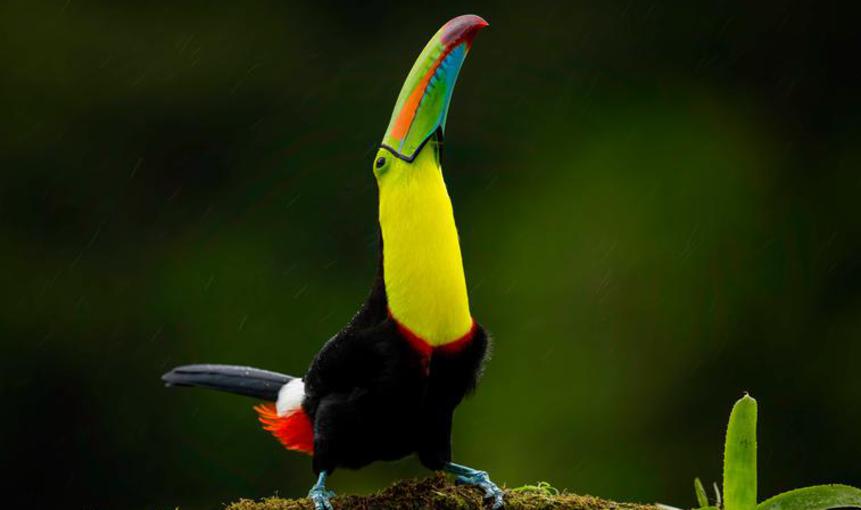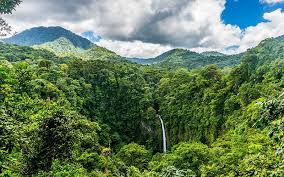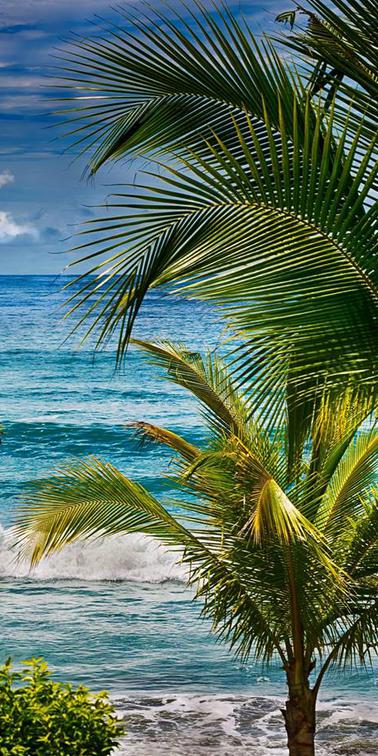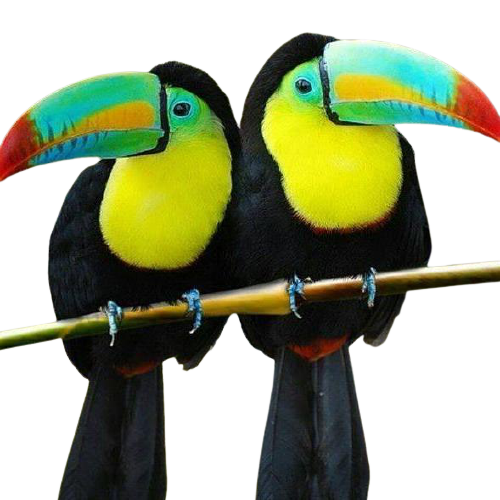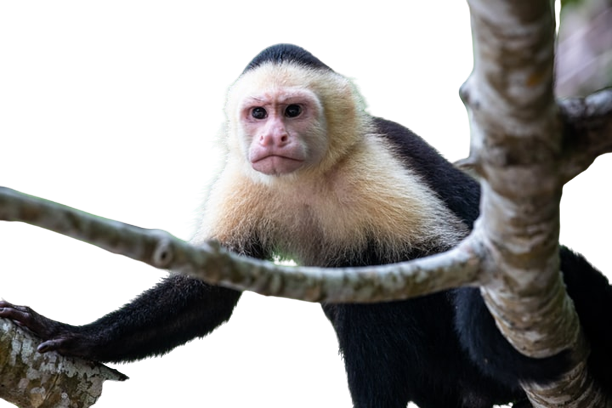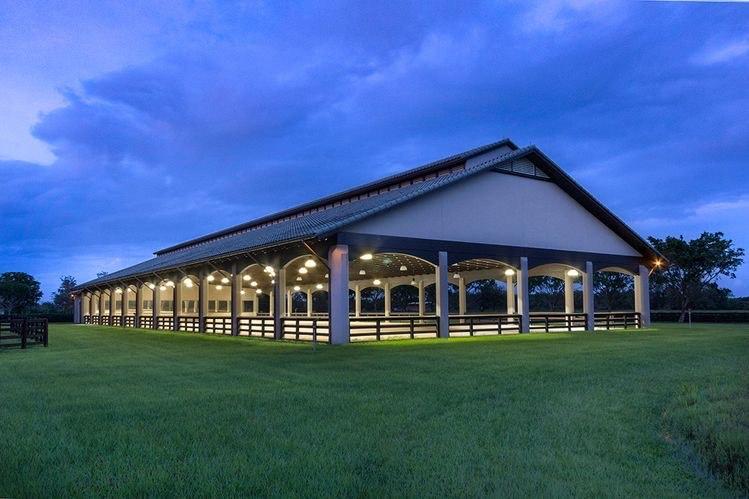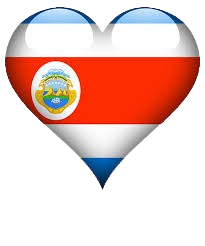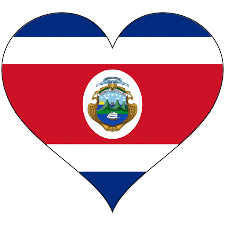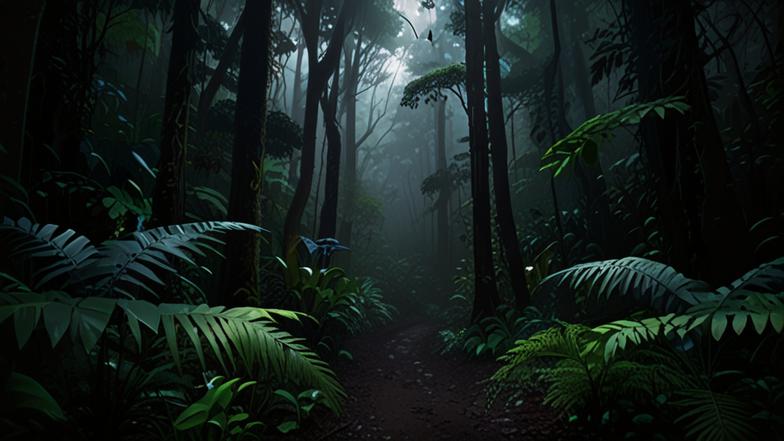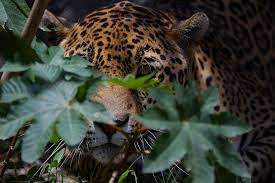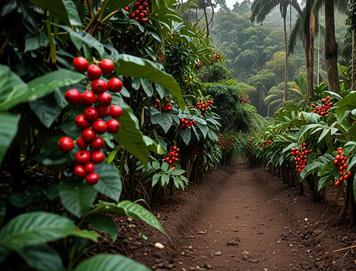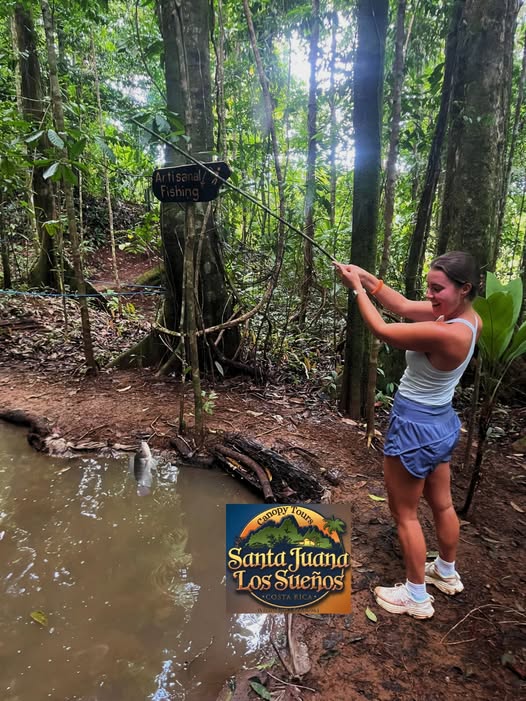Costa Rica Good News Report
William "Skip" Licht, Your Host / Your "Nothing but Good News" Website Promoting One of the Happiest Countries on the Planet
WhatsApp: 754-423-8823 / Email: [email protected]
We Apostille Legal Documents
for Residency / Legal Status & All Other Applications
(click on the image to the right to learn more about
the Apostilling Process, pricing, etc.)
Here are Dozens of
Stories & Observations
that We'd Like to
Share with You about
the Life in Costa Rica
(click on each link to the left to read more)
Click through Here to Page 2
for More Short Stories / Blog Postings about
Costa Rica & the Pura Vida Lifestyle!
Costa Rica "Feel-Good" Stories
There are SO MANY Reasons Why
One Should Visit / Move to
Costa Rica!
We'll dig deep into this topic here on our website
& with our 100's of Facebook postings weekly!
(click on the image to the left to visit our Facebook page)
*Learn How to Earn Income Using Your Laptop
Here in Costa Rica. .
*Over 1,050 Entertaining YouTube Videos About
Costa Rica & All it Has to Offer. .
*More Than 430 Enlightening Short Stories
About Costa Rica. .
*Over 450 Costa Rica Podcast Episodes. .
*Daily Positive Affirmations! We're always
spreading GOOD NEWS on THIS website!
Today's Good News Quickie!
Start your day right here. . 7 days a week!
There's so much good news coming out of Costa Rica!
We'll share a little slice of life. . right here. . just me & you!
*Our stories must make you feel good after reading or listening to them!
*They must inspire you in some way!
*Our stories must persuade you to learn more about Costa Rica!
*They must guide you deep into your 'daydreaming' phase!
*Our stories must energize & stimulate your need to learn more about
The Pura Vida Lifestyle Here in Costa Rica
Working from Your Laptop & Earning Income While in
Costa Rica!
(click here
to learn more)
Click Here to Enjoy
More Stories about Costa Rica
Click Through Here
to Shop for
Hundreds of
Costa Rica Products
Greetings. .
It's All About Sharing Magical Stories with All of You!
Our Mission:
This is where
POSITIVE ATTITUDE meets PURA VIDA!
Click Here
Double click here to add text.
Immediate Information Available
We work hard to put a smile on your face
each & every time you visit our website,
read one of our GOOD NEWS stories,
listen to our podcast episodes
& watch our videos!
It's a great way to begin your day!
Over 1,000 YouTube Videos!
Royal Palms Equestrian Community
Over 158 Acres / An Amazing Concept / You're Invited!
Planned Villas / Estate Homes / Mini Farms
REALTOR
PARTICIPATION
WELCOME
CLICK HERE to Subscribe
to Our YouTube Channel!
Nothing but GOOD NEWS!
We Apostille
Legal Documents
Residency &
Legal Status
Hate Paperwork?Click Here
Our in-house
Apostilling Department
will take care of all of
your required paperwork
throughout the
Costa Rica Residency Process
We are Professionals. .
Are you
ready to get started in your
Costa Rica Residency Process?
Dreaming is like painting the canvas of our future with the vibrant hues of our imagination. It's a magical realm where possibilities are limitless, and a positive attitude serves as the brush that adds the perfect strokes to our aspirations. When we approach our dreams with optimism, we create a powerful force that propels us forward, overcoming obstacles with resilience and turning challenges into stepping stones.
Positivity fuels perseverance, transforming setbacks into valuable lessons and setbacks into opportunities. Embracing a positive mindset in the realm of dreams not only brightens the path but also attracts the energy needed to manifest those dreams into reality.
So, dream big, paint with the colors of optimism, and watch as your life becomes a masterpiece of joy & fulfillment. This is the essence of Pura Vida.. .
Could you see yourself here,
sipping on a cup of coffee
or perhaps with a glass of wine in hand?
We are a Full-service Legal Residency Agency
Having a positive attitude is
an integral part of the
Pura Vida Lifestyle!
Start Today in YOUR
Synchronization Process!
Become ONE with the
Pura Vida Lifestyle!
Click on the button to get synched!
Our "Pura Vida Dreaming" Series:
"Optimistic Oasis: A Daily Podcast Series Sharing Positive Vibes &
How All of This Integrates with the Pura Vida Lifestyle
Here in Costa Rica"
Click on our logo to the left
to listen to our
daily positive messages. .
You DON'T have to be in Costa Rica to enjoy the Pura Vida Mindset!
An integral part of the
Pura Vida Lifestyle
is maintaining a
POSITIVE MINDSET 24/7!
We Add New Episodes
DAILY!
Over 300 episodes to date!
Why is the Pura Vida Lifestyle is So Good for You?
How does one begin to incorporate the
Benefits & Features of the Pura Vida Lifestyle into their life?
We explore this idea
everyday through our
social media postings,
our stories and adventures
that we share with you!
Purchase Costa-Rica-Related Products
Through Our Amazon Dedicated Links!
*If you can't visit Costa Rica, bring Costa Rica to you!
*Hundreds of items from which to choose!
*Click on the logo to the left to start your shopping!
*Enjoy every moment of your life. .
*Don't allow your drive to reach your destination
overshadow your journey that gets you there. .
*Don't worry so much. .
*Say, "YES" much more often. .
*Spend more of your time helping others and
paying it forward. .
*Step out of your comfort zone more often than not. .
*Become ONE with nature. .
*Realize all that you have & be forever grateful. .
Enjoying the Good Life in Costa Rica. .
So many stories to share with all who care to enjoy. .
Here's a few to get you started!
If you have a story, share it with us. .
Send it to: [email protected]
Click on the logo to the right!
A Clear Path to Legal Residency in Costa Rica
click here
Click HERE to See How
Positive Attitude & Pura Vida Connect!
We Make Legal Residency Easy!
So many people find the
LOVE OF THEIR LIVES
Here in Costa Rica. .
Click HERE to
read about some
of their beautiful stories!
Real Estate Services
in Costa Rica Since 2001
"WE MAKE IT EASY"
CLICK HERE to Visit Their Website!
The Costa Rica Good News Report
for Today's Story!
Kevin's Corner. .
Sharing hundreds of GOOD-NEWS, human-interest stories, adventures & poems that enhances the MAGIC of
Costa Rica & the Pura Vida Lifestyle!
What does it feel like to embark on an unexplored path towards a new Pura Vida Lifestyle?
Many of you who visit this website are simply considering booking a trip to Costa Rica. . perhaps for the first time. You may have heard so much about one of the happiest countries on the planet. Maybe a friend or family member has visited. . and they're still talking 3 YEARS LATER about the fun they experienced!
We know that quite a few of you are considering a move to Costa Rica. . a totally new life here in paradise! You've visited many times over the years and now, your kids have moved away and are doing fine. . you just retired and need to finally step out of the RAT RACE. . or you've decided to work remotely, enjoy your life and become ONE with nature.
No matter what the reason, we appreciate your being here! We try hard every day to share with you ALL of the GOOD NEWS coming out of Costa Rica. We have a YouTube Channel with over 1,000 videos recorded. We have a Podcast Series with over 300 episodes recorded. We share and post on social media many times everyday, 7 days a week! We also offer our services to you regarding acquiring your Residency/Legal Status for you and your family. We've been assisting individuals and families in the RESIDENCY process for OVER 20 YEARS. . so, we're good at it! Many of our clients come from our website & social media audience.
Thank you for visiting today. Come back everyday and explore the links on this website. Watch our videos and listen to our podcast episodes. And, if you are considering a MOVE to COSTA RICA, contact us today through our Immigration link at the top of this page. We're looking forward to meeting all of you someday!
What Better Way to Show Your Love,
Your Appreciation, Your Affection
for this magical thing they call. .
"PURA VIDA LIFESTYLE"
Show how much you love
Costa Rica & the Pura Vida Lifestyle. .
TELL YOUR STORY
(include your first name, photo, where you're from &
why you love the PURA VIDA LIFESTYLE so much)
Send your information to us &
we'll post it for the world to see. .
SHARE YOUR ENTHUSIASM!
Now recruiting
1,000 additional
BRAND AMBASSADORS
Click here to read their stories. .
Always Feeling the Magic
of the Pura Vida Lifestyle Here in Costa Rica. .
A Practical Solution to a Problem. .
Earning Income from Costa Rica or Anywhere Else!
Use Only Your Laptop & Your Newly-Acquired Skill. .
Conversations with Kevin & Skip!
Short & Sweet, relaxing conversations about Costa Rica, The Pura Vida Lifestyle, Legal Residency
& So Much More!
There's so much GOOD NEWS coming out of
Costa Rica and we're both here to share it all with you!
Canopy Tours Santa Juana Los Sueños. .
Become a Digital Nomad
Here in Costa Rica!
This could be your office. .
If you need to earn extra income while in Costa Rica. .
If you're set financially, but you're a little bored. .
If you want to learn a new skill that will create profit daily. .
Imagine waking up every morning with the ability to earn a living from the comfort of your own home. . or from anywhere in the world. Whether you're enjoying a cozy morning at home, lounging on a beach or sipping coffee at a cozy café, binary options trading gives you the flexibility to work on YOUR OWN terms.
Learning how to trade binary options isn’t just about making money, it’s about creating a life of freedom, independence and opportunity. With the right mindset and tools, you can take control of your financial future, eliminate the stress of a traditional 9-to-5 job and design a lifestyle about which you’ve always dreamed.
We’ll guide you every step of the way. From mastering the basics to developing winning strategies, our resources are designed to empower you to succeed. The possibilities are limitless, and it all starts here.
Click Here to Visit Our Website
If you've ever experienced a day where everything went wrong. . and I know you have. . you understand that it can either totally devastate you or motivate you beyond imagination. Dave recently sent us an email, wanting to share his life-shattering adventure, only to inspire those who may have gone through what he did. Actually, it was more than a day. . it was a week full of bad luck, tragedy and a total lack of laughter, smiles or good news. You see, Dave had been deployed to the Middle East 3 times as Special Operations Military. You can imagine the stories he has to tell and those which he tries so hard to forget. About four years ago, during the span of a week, two of his buddies from those terrible times committed suicide. His grandfather died, he was having trouble with the Veteran's Administration regarding his disability income and his wife died from cancer. Obviously, this was crippling. After years of training, deploying and seeing things that no one should see, everything came crashing down in the span of a week. Without getting into details, in July of 2025, he's living in Costa Rica. He's doing well and he shared with me that he owes it all to establishing an intimate relationship with Mother Nature and also living within the parameters of the Pura Vida Lifestyle. It's a powerful testimony to being a strong person. More tomorrow. .
There is Absolutely No Charge for Our Services!
We Apostille Documents
for Legal Residency & Other Applications
(click here for
Immediate
Information)
You're Invited to
Live Free / Stay Bold / Ride the Rebel Tide
Welcome to Costa Rica Good News Report!
We invite you to explore all the links on this website and immerse yourself in the beauty, magic and positivity of Costa Rica.
Read the inspiring stories of those embracing the Pura Vida lifestyle, listen to our uplifting podcast episodes and discover
the many reasons why this country is so special.
If something brings a smile to your face or warms your heart,
don’t keep it to yourself. Share it with friends and family!
Let’s spread the good news together. Enjoy your journey!
Coming Soon!
For those who are not currently in Costa Rica
(but want to be) & need a sip or two of something special every morning!
At Costa Rica Coffee Roasters, we are dedicated to honoring the rich heritage, deep traditions and unwavering passion of over 40,000 coffee farmers across Costa Rica. Our mission is to bring the world the finest,
sustainably-grown coffee, cultivated with generations of wisdom, nurtured by volcanic soil and kissed by the perfect climate.
We believe every cup tells a story. . of early mornings in the highlands, of hands carefully selecting each bean and of families who have poured their hearts into this craft for decades. By preserving time-honored techniques while embracing innovation, we ensure that the legacy of Costa Rican coffee continues to thrive. . at the least in YOUR home! Imagine waking up to one of our most popular Costa Rica blends, even while your away from your favorite country!
Through ethical sourcing, direct farmer partnerships and a commitment to sustainability, we strive to uplift communities, protect our breathtaking landscapes and share the Pura Vida Spirit with every sip. From our farms to your cup, we invite you to experience the soul of Costa Rica. . one extraordinary sip at a time. .
*Pura Vida Sunrise
*Howler's Roast
*Rainforest Reserve
*Tortuga Dark
*Tres Rios Gold
*Wake Up Toucan
Our Special Blends. .
If You're Considering
Legal Residency. .
If you're searching for
your own little slice of paradise,
we can assist in your journey
in many ways. .
Legal Residency
Lay of the Land / Banking
Corporation Set Up / Apostilling of Documents
Special Services / General Information
Thinking about Moving to Costa Rica?
Every morning, we share with you the
Benefits & Features
of the Pura Vida Lifestyle. .
All Types of Luxury Homes, Hotels, B&B's
& Businesses For Sale in Costa Rica!
We are a FULL-Service Real Estate Agency
Kevin Provides Other Professional Services. .
Available IN HOUSE:
*Corporation Startup
*Bank Account Setup
*Shipping of Personal Goods, Furniture & Vehicles
*Introduction to Excellent Attorneys, Architects, etc. .
*Legal Residency
*Notary & Apostille
*Real Estate Tours
*Full Concierge Services
Contact Kevin & his team now for a full list of all types of properties & businesses available in all areas of Costa Rica!
Visit Our
Website
When You Live Within the Parameters of the Pura Vida Lifestyle,
You'll Feel Like You're a Super Star!
This could be
your office!
Follow Our Facebook Page!
click on the image above
Rooted in Costa Rica’s vibrant expat lifestyle,
REBEL TIDE brings bold, collectible characters to life, each representing a different piece
of this free-spirited world.
Become a Part of Our Marketing Group!
If you have a business, hotel, B&B, tour company, real estate agency, restaurant. . any type of business, we will work 24/7 to DRIVE NEW CLIENTS to your front door! We consistently have over 3,000,000 views per month
on our 8 Facebook pages and our websites. We'll get you noticed quickly!
NO CONTRACT to SIGN / Month-by-Month / Multiple Postings Daily!
Starting at $25.00 per month to $300.00 per month.
YOU CHOOSE your own level of participation!
We Target Expats, Tourists, Ticos & All Other Potential Clients!
CLICK HERE to Learn More & to Get Started
Moises has lived in Costa Rica all his life. He did win a scholarship to a college in Louisiana about 12 years ago and studied for 5 years. He loved and appreciated the opportunity, but really missed the laid-back life here in Costa Rica. He loved the swamps, but loved the rainforest much more!
One Tuesday morning, he and his wife, Dora, took about three hours and visited his favorite are of Costa Rica. About 30 minutes in, they stood still. . their breath caught somewhere in between awe and disbelief. The dense canopy of Corcovado National Park had been whispering its secrets to them for days, but this moment—this quiet, electric heartbeat of the jungle—was unlike anything they had ever experienced. Through a break in the trees, barely 30 meters ahead, a jaguar emerged from the underbrush. Its powerful, fluid motion seemed almost unreal, as if it were a creature pulled from the fabric of myth. Their eyes met briefly. Then, as silently as it had arrived, the jaguar disappeared into the green. Moises's pulse finally caught up with the moment, and he realized: this was the reason he had fallen in love with the rainforest in the first place.
For as long as he could remember, the rainforest had called to him like an old friend. Every hike was a journey inward as much as it was an exploration outward. He’d memorized the textures of leaves, the symphonies of frogs, and the rustling rhythm of the trees. No trail was too rugged, no climb too steep. Friends would often marvel at his endless enthusiasm and energy, calling him a “jungle whisperer.” But for him, it wasn’t about bravado—it was about connection. Hiking through the rainforest wasn’t a hobby. It was his church, his classroom, and his sanctuary.
Now, at 33, after hundreds of miles hiking, he had seen what dreams are made of. That jaguar was not just a reward—it was a spiritual moment, a sacred confirmation that the path he’d chosen was the right one. As he walked back to the entrance, sunlight breaking through the canopy like gold-dusted lace, he smiled deeply. His legs ached, his shirt was soaked, but his heart was soaring. Dora and Moises had come full circle in life with a big dose of Mother Nature!
Click on the image below to visit their Facebook page &
to find out more about the GREAT TIME that they offer. .
